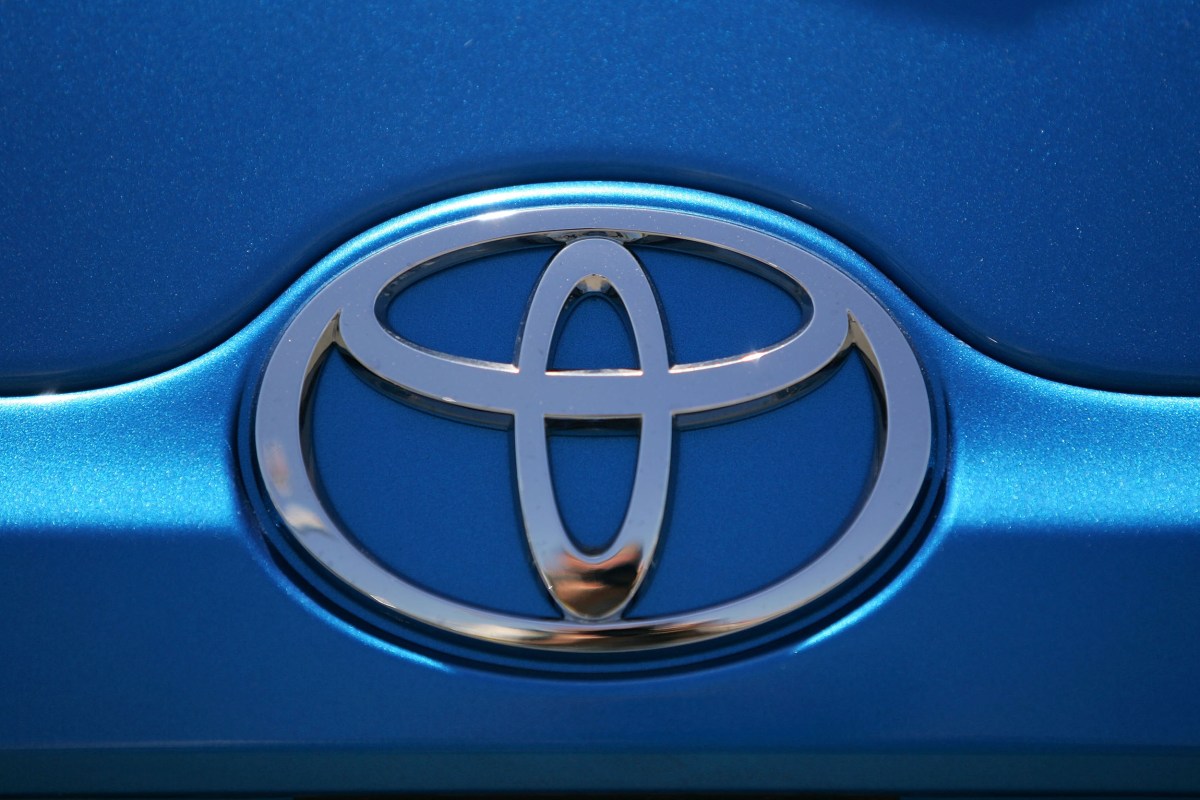
Autonomous-driving company Pony.ai and Toyota say they’re teaming up with the goal of one day cranking out a bunch of “fully driverless robotaxis.”
The two companies intend to kick off their partnership sometime this year with around $139 million in capital from GAC Toyota Motor Co. — a joint venture between Toyota China and GAC, a Chinese state-owned automaker.
The investment follows Toyota’s move to pump about $400 million into Pony back in 2020. Going forward, Toyota says it’ll give Pony an unspecified number of its EVs, while Pony will outfit them with autonomous-driving tech and the firm’s “robotaxi network platform.”
Without context, $139 million may sound like a lot, but Pony has raised more than a billion dollars since its founding in 2016. Things arguably haven’t gone smoothly throughout the self-driving developer’s lifetime.
In 2021, Pony kicked off driverless-vehicle testing in California, only to see its permit suspended six months later. The same year, the company seemed to shrink its autonomous trucking ambitions when it consolidated its R&D teams and shed a couple executives. The next year, Pony recalled its autonomous-driving software and sued two former staffers for allegedly swiping trade secrets when they left to found a startup called Qingtian Truck. Yet, around the same time, Pony claimed to be worth $8.5 billion (and that’s the last we’ve heard of its valuation to date).
Pony isn’t alone in its trials. The entire autonomous vehicle industry, once a darling in the VC world, has gone through a consolidation that has seen numerous startups wither and disappear, particularly in the United States. The few that remain — a small group of well-funded companies that are either publicly traded or owned by large corporations — are starting to scale up commercial operations, albeit slower than perhaps originally forecast.
Source link

